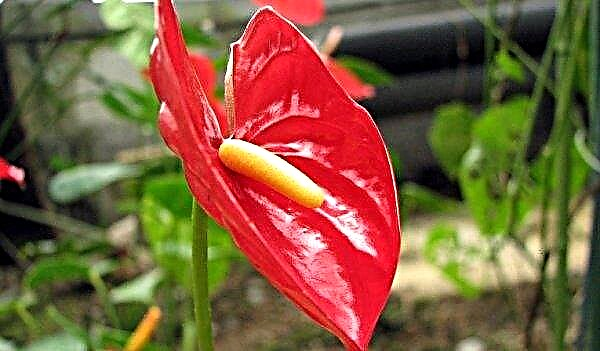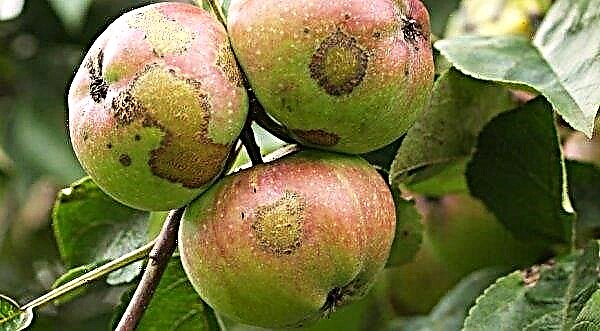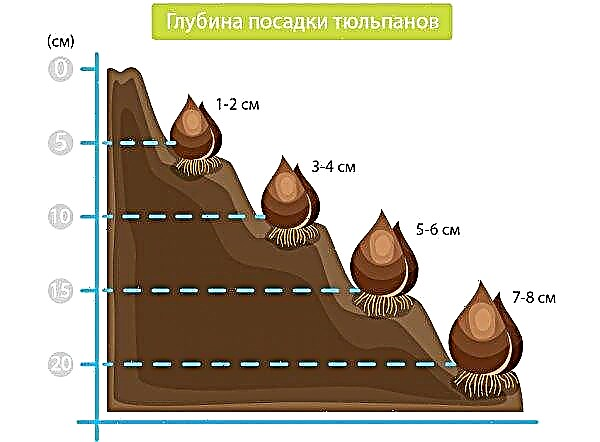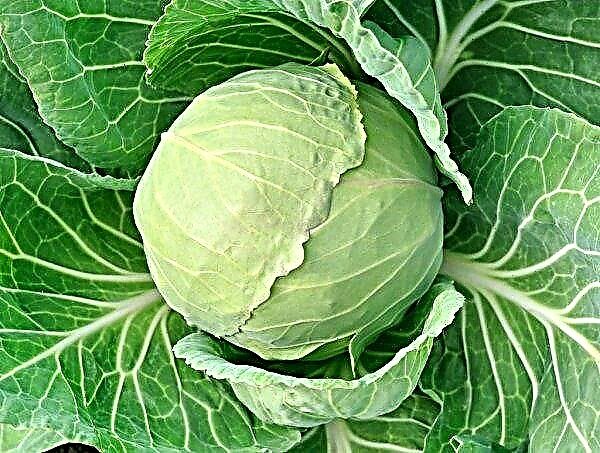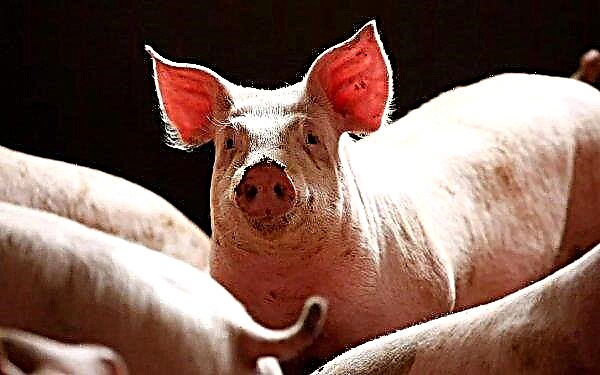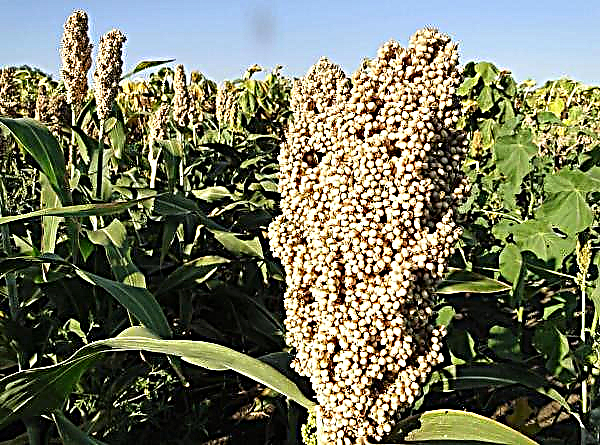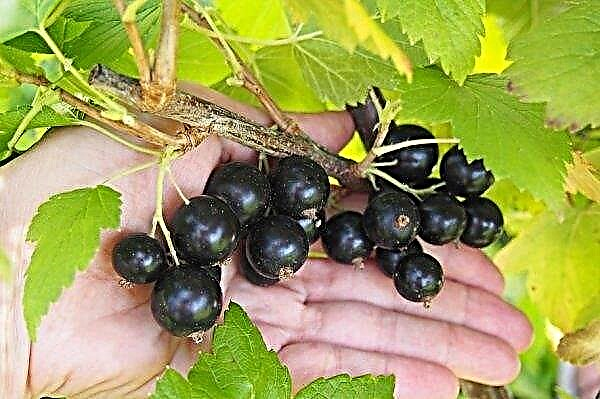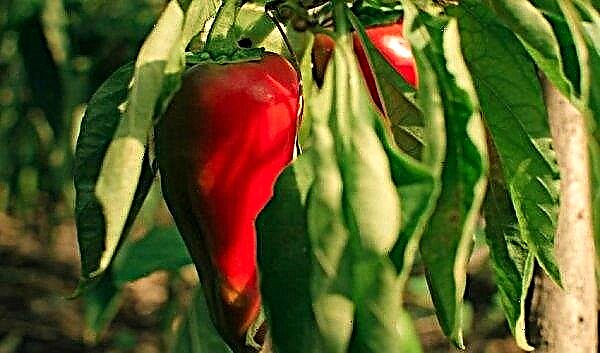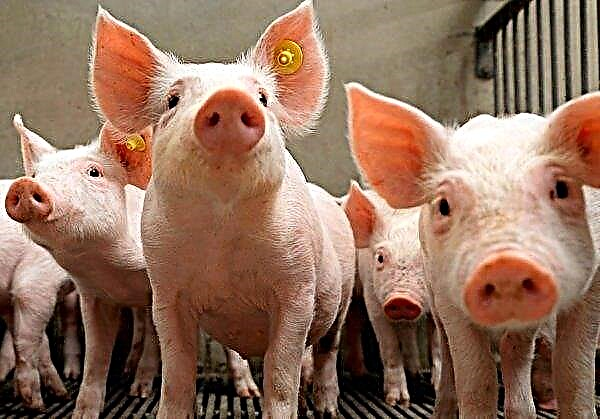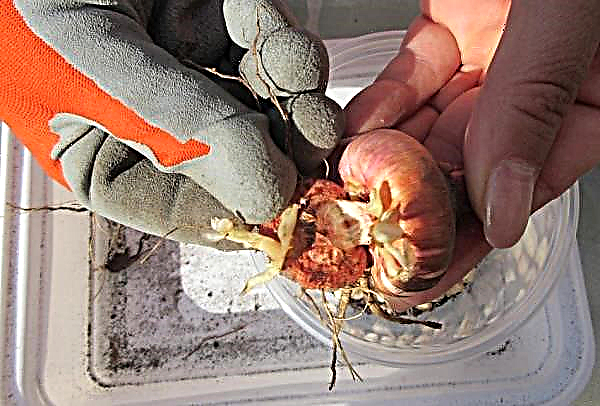Winter mushroom in the scientific literature can be found under the name winter mushrooms, velvet-legged collibia. In Western countries, Korea, Vietnam, Japan, this species is very common and popular under the name "enokitake."
Winter honey agaric
Flammulina (from lat. Flammulina velutipes) belongs to the Ryadovkov family. The mushroom of this family is edible, has good taste. Among mushroom pickers, such names are also known - winter mushroom, winter mushroom. The main places of growth are stumps (aspen, poplar, willow), hollows, wood, logs. Grows in small groups or splices.
External signs of fungi:
- the hat has a round, convex shape, the edges are bent, as it grows, it becomes flat. The diameter reaches 10 cm. The color of the hat can be orange, yellow, brown with a honey tint;
- the leg reaches 7 cm in length, dense, cylindrical in shape, velvety-brown color, located in the center of the cap;
- the pulp is light, sometimes with a slight yellow tint. It has a pleasant taste, ocher-colored plates grow to it, sometimes they are shortened.
The uniqueness of the velvety-legged collibia lies in the possibility of growth under large snow cover. Mushrooms of this species are easy to harvest during thaws.
Similar species
The following species of honey mushrooms also belong to the family of Flammulin:
- Hammered. Inedible, very rare. The growth period falls on August-September. The growth of these honey agarics is recorded in the forests of European countries. In the Tomsk, Moscow, Leningrad regions, mushrooms of this species were also seen.

- Dark. The edible appearance, in terms of its external characteristics, bears a great resemblance to the winter mushroom. Propagated on rotting, dead wood.

- Canola. It was previously considered poisonous, and modern literature indicates that it can be consumed after boiling over. Places of growth - deciduous trees.

- Seroplate. Places of mass growth are pine and coniferous trees. You can collect from spring to autumn.

- Fat foot. Refers to a universal edible species. Use it in industry. The growth period is recorded from August to September. The difference between this species and winter honey agaric is that it grows on living trees, on soil.

You can also meet such mushrooms: meadow, summer (edible) and brick red, sulfur-yellow (inedible).
Ecology and growth season
Flammulina - xylophyte fungus that grows on dead wood, stumps. It belongs to the environmental group. Flammulin grows especially massively in the period from October to December, as well as in January and February, if the thaw. It is very rare to meet him in the summer, in the spring you can collect in large quantities.
Did you know? In all countries of the world, mushrooms are grown and harvested in the amount of 100 thousand tons per year.
Studies conducted at Moscow State University have confirmed that this species belongs to the first group, which minimally accumulate toxic substances.
 The leg of a winter honey agaric is unsuitable for use due to excessive rigidity and hardness, therefore, when collecting, the leg can not be cut
The leg of a winter honey agaric is unsuitable for use due to excessive rigidity and hardness, therefore, when collecting, the leg can not be cut
Nutritional qualities, toxicity and medicinal properties
Due to the high content of amino acids and protein (28–33%), this mushroom has exceptional benefits, compared with some berries, vegetables, fruits. Flammulin contains such trace elements: potassium, copper, phosphorus, zinc.
Nutritional value per 100 g:
- calories: 22 kcal;
- proteins: 2.2 g;
- fats: 1.2 g;
- carbohydrates: 0.5 g.
Did you know? Only 10 began to actively grow and collect winter mushroom–15 years ago.
Winter mushroom can be eaten, this species is especially popular in Asian countries. It tolerates frosts, so it can be collected and used frozen, thawed. The kitchen uses fresh mushrooms, previously boiled for 20 minutes. They can be salted, marinated, stewed. After cooking, the outer shell becomes slippery.
The main and main therapeutic property - winter fungus prevents the appearance and development of cancer cells. This product lowers blood cholesterol, prevents the development of atherosclerosis. It can be safely equated to milk, beef. In order for all beneficial substances to be preserved, it is recommended to use the mushroom in salt and dried form, without subjecting it to heat treatment.

In Japanese literature, one can come across an interesting fact that if 50–100 g honey mushrooms are consumed per day, the formation of cancer cells can be avoided. Velvet-legume flammulina extract is used in cosmetology.
When and how is it collected?
Harvesting season lasts from autumn to spring. Meet winter mushrooms in large groups. Very often they grow together in a kind of "bouquets". From mature representatives you need to take only a hat. Young mushrooms need to cut off the darkened part of the leg. Collect them in the cold period (from December to March). Experienced gardeners recommend using a basket during the harvest, as in the bag the mushrooms can be squeezed, losing their shape. Honey mushrooms need to be collected in ecological places, forests, plantings, away from enterprises, factories, factories. This is due to the ability of fungi to accumulate toxic, harmful substances from the environment.
Contraindications and possible harm
Winter wrap is contraindicated for pregnant women, women during lactation, children under the age of 10. It is not recommended to use it for people suffering from diseases of the gastrointestinal tract, liver, kidneys.

A winter mushroom can be harmful, parasitizing on the fruit trees of your homestead. It can grow on the affected areas of the tree, pruned trees. To prevent this process, the areas need to be treated with oil paint.
Important! Despite the fact that winter honey agaric is an edible species, unstable toxins are recorded in its composition. They are neutralized during the heat treatment.
Winter honey agaric is a versatile mushroom used in cooking, medicine, and pharmacology. Its beneficial properties make this product very popular among mushroom pickers.






